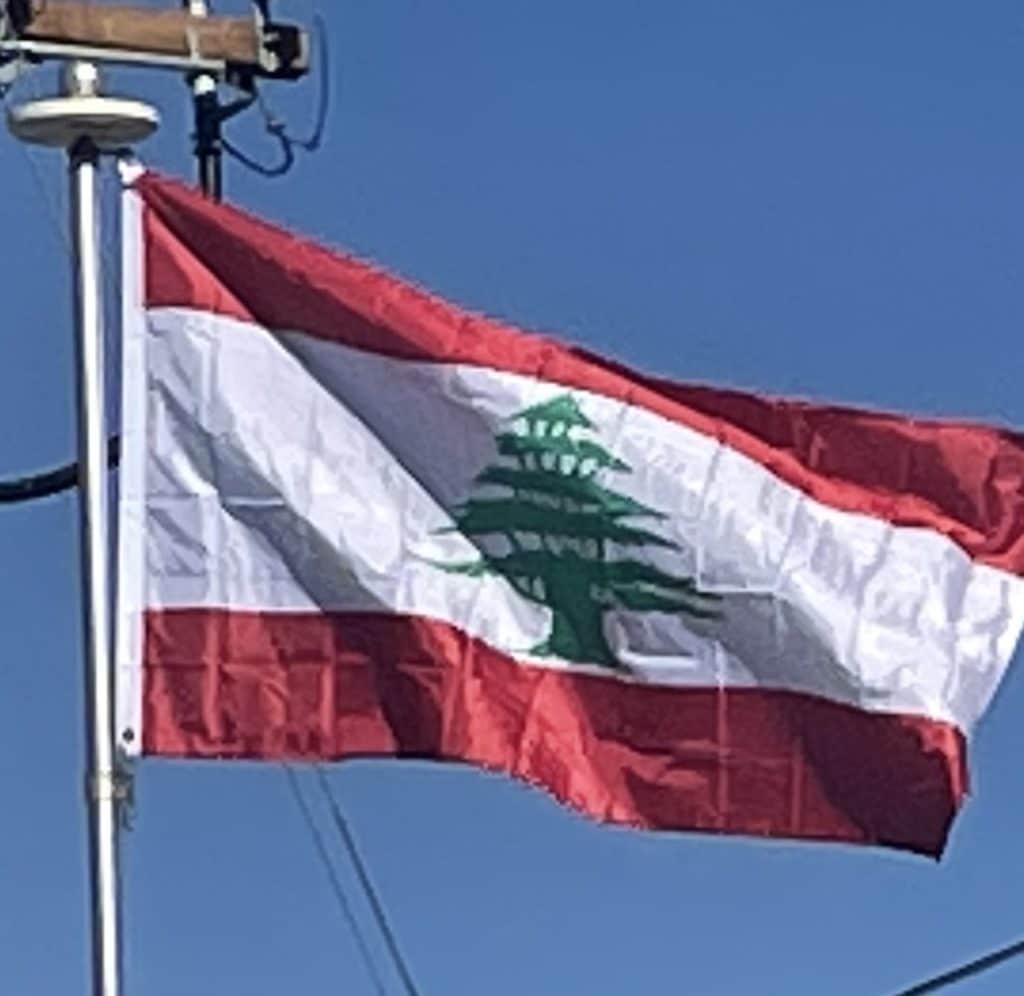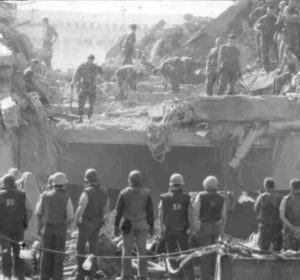
But, the war in Lebanon did not stop yet. The bickering between Israel and the Lebanese resistance continued leading to a series of harsh events ,including the Qana massacres, and to losses in both groups. In 2000, the Israeli forces retreated from Lebanon. It estimated that more than 17,000 civilians were killed and more than 30,000 were injured. Since then, the date 25/May is considered as ” Resistance and Liberation Day in Lebanon ” for Lebanese.
Aftermath:
The internal political situation in Lebanon significantly changed in the early 2000s. After the Israeli withdrawal from southern Lebanon and the death of former president Hafez Al-Assad in 2000, the Syrian military presence faced criticism and resistance from the Lebanese population.
On 14 February 2005, former Prime Minister Rafik Hariri was assassinated in a car bomb explosion. Leaders of the March 14 Alliance accused Syria of the attack, while Syria and the March 8 Alliance claimed that Israel was behind the assassination. The Hariri assassination marked the beginning of a series of assassinations that resulted in the death of many prominent Lebanese figures.
The assassination triggered the Cedar Revolution, a series of demonstrations which demanded the withdrawal of Syrian troops from Lebanon and the establishment of an international commission to investigate the assassination. Under pressure from the West, Syria began withdrawing, and by 26 April 2005 all Syrian soldiers had returned to Syria.
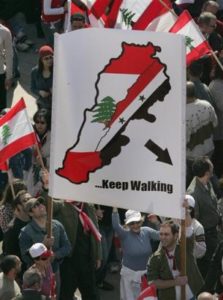
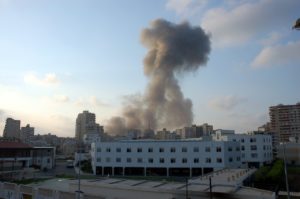
UNSC Resolution 1595 called for an investigation into the assassination. The UN International Independent Investigation Commission published preliminary findings on 20 October 2005 in the Mehlis report, which cited indications that the assassination was organized by Syrian and Lebanese intelligence services.
On 12 July 2006, Hezbollah launched a series of rocket attacks and raids into Israeli territory, where they killed three Israeli soldiers and captured two others. Israel responded with airstrikes and artillery fire on targets in Lebanon, and a ground invasion of southern Lebanon, resulting in the 2006 Lebanon War. The conflict was officially ended by the UNSC Resolution 1701 on 14 August 2006, which ordered a ceasefire. Some 1,191 Lebanese and 160 Israelis were killed in the conflict. Beirut’s southern suburb was heavily damaged by Israeli airstrikes.
Instability and Syrian War Spillover:
In 2007, the Nahr al-Bared refugee camp became the center of the 2007 Lebanon conflict between the Lebanese Army and Fatah al-Islam. At least 169 soldiers, 287 insurgents and 47 civilians were killed in the battle. Funds for the reconstruction of the area have been slow to materialize.
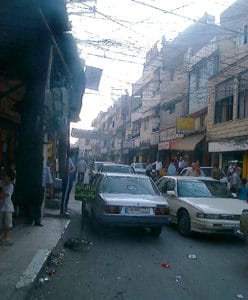
Between 2006 and 2008, a series of protests led by groups opposed to the pro-Western Prime Minister Fouad Siniora demanded the creation of a national unity government, over which the mostly Shia opposition groups would have veto power. When Émile Lahoud’s presidential term ended in October 2007, the opposition refused to vote for a successor unless a power-sharing deal was reached, leaving Lebanon without a president.
